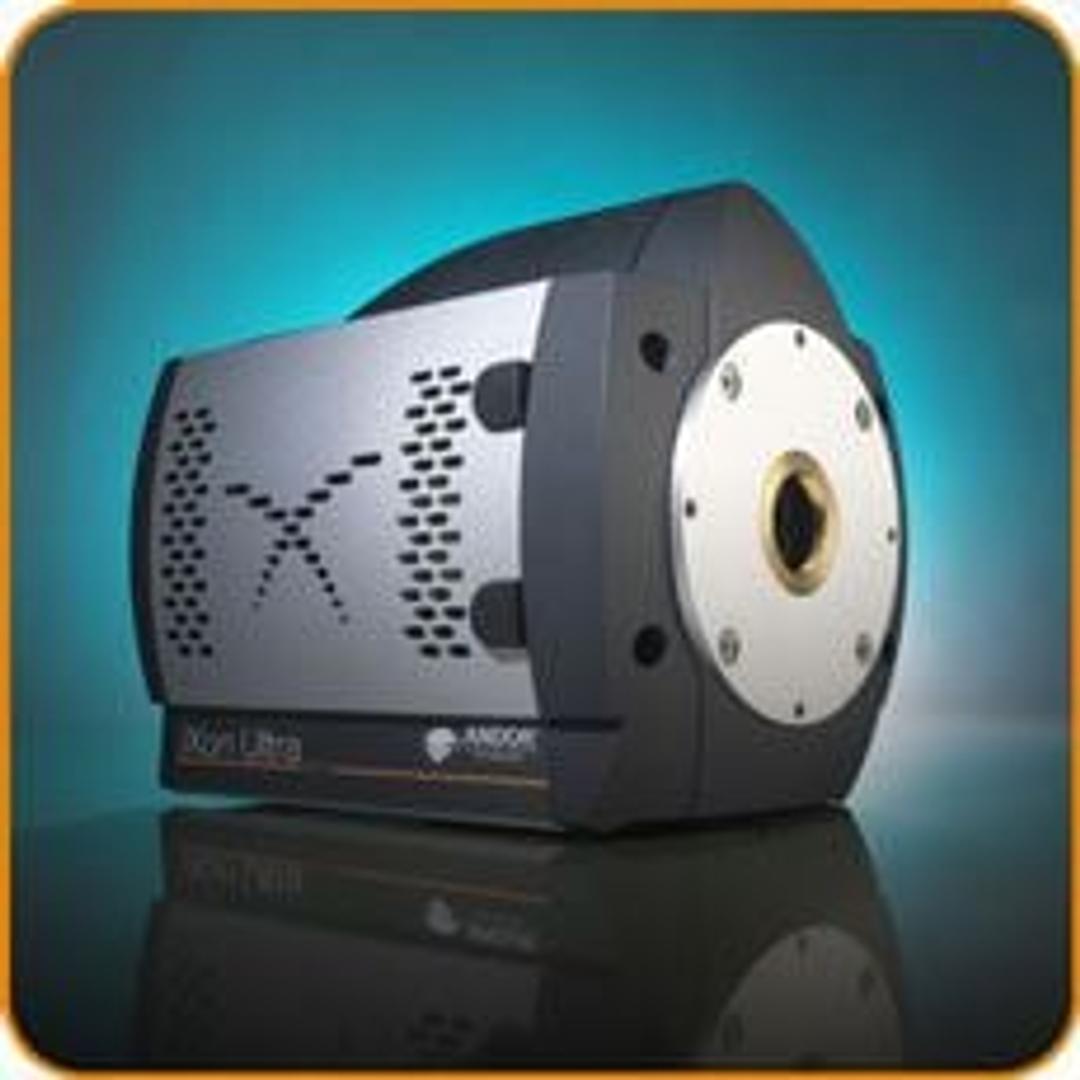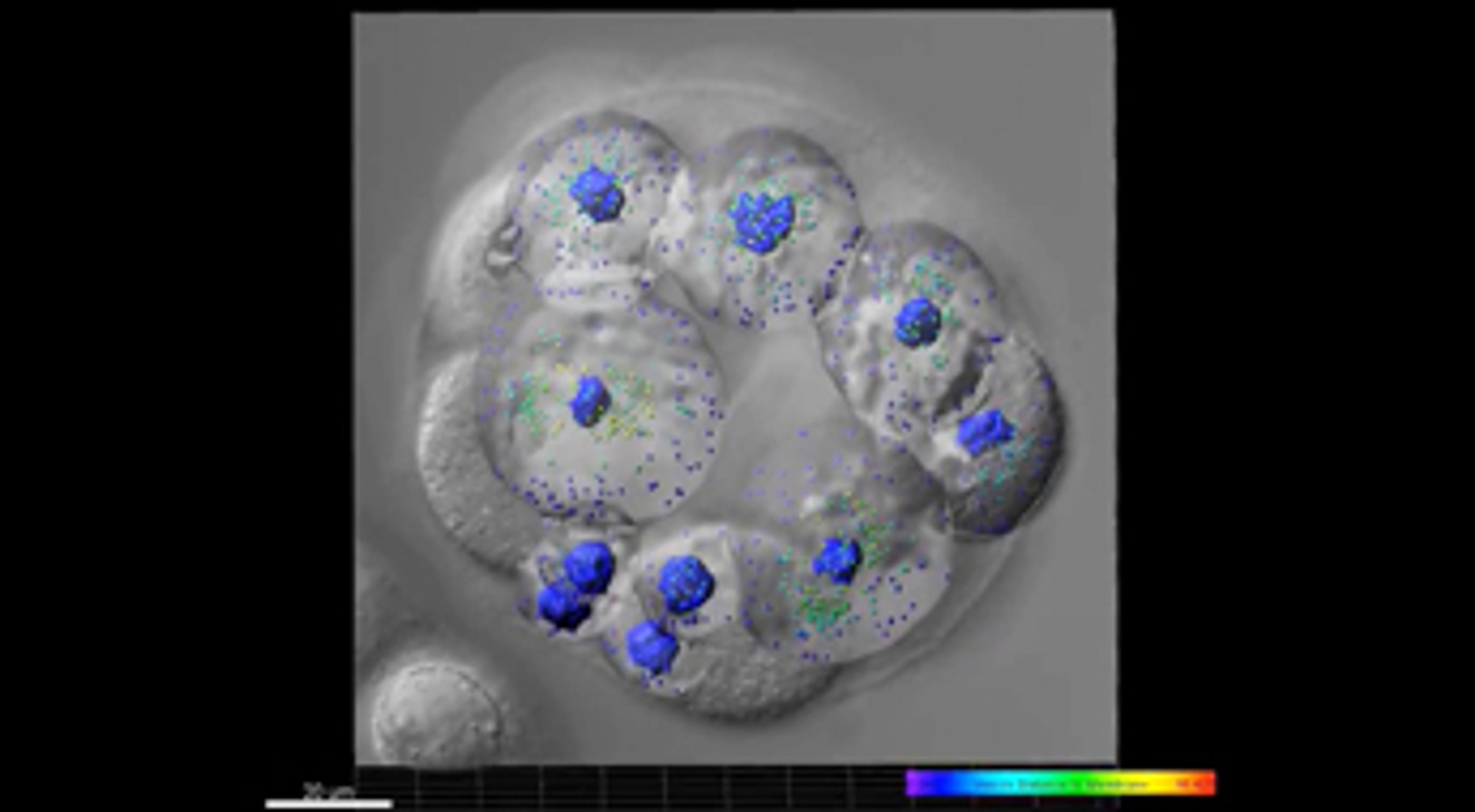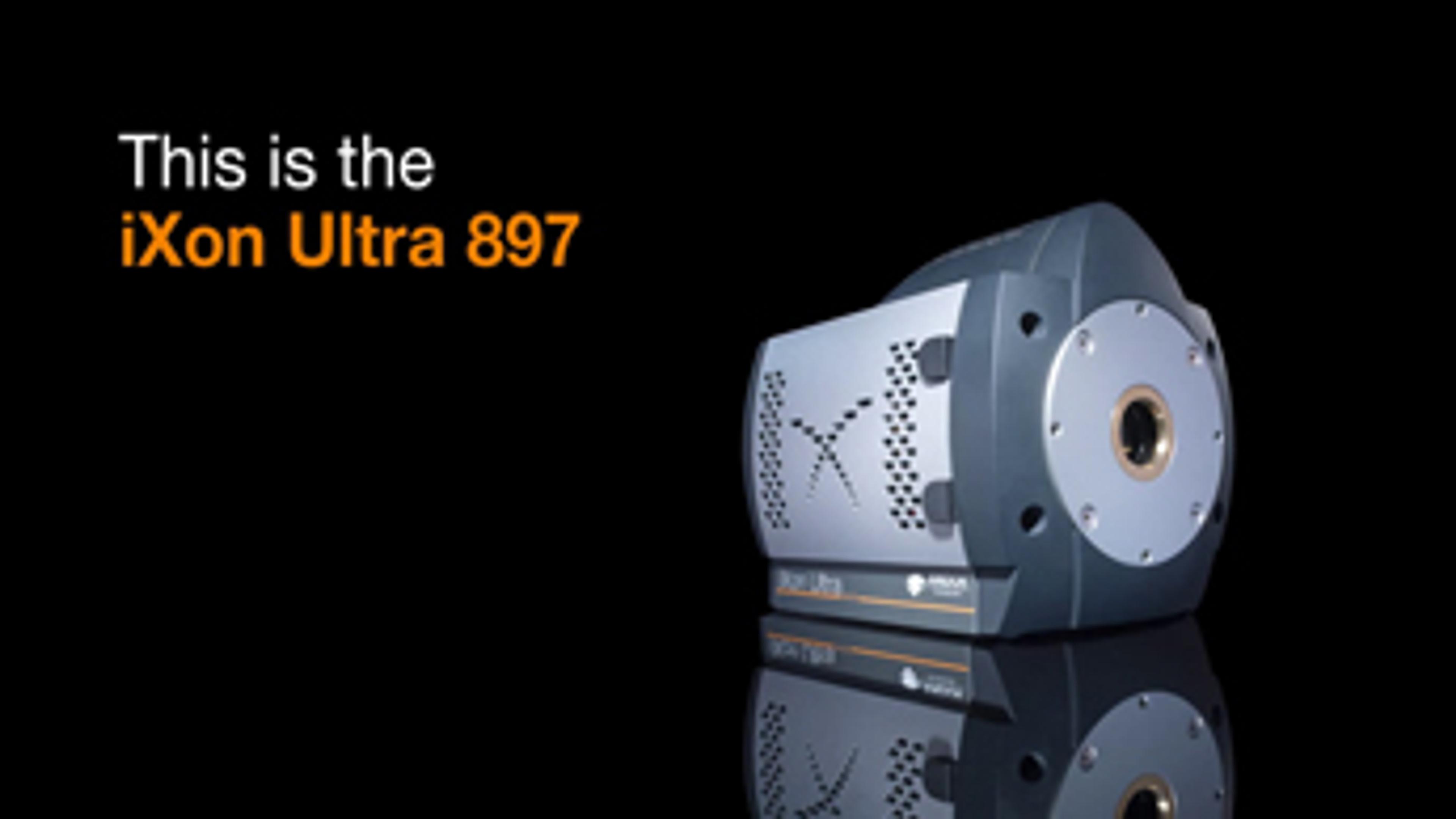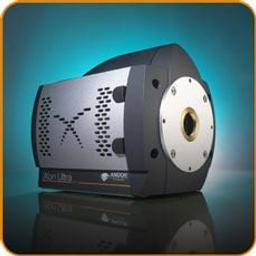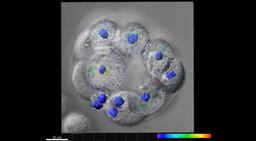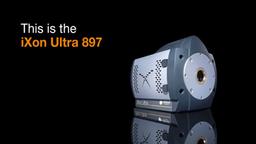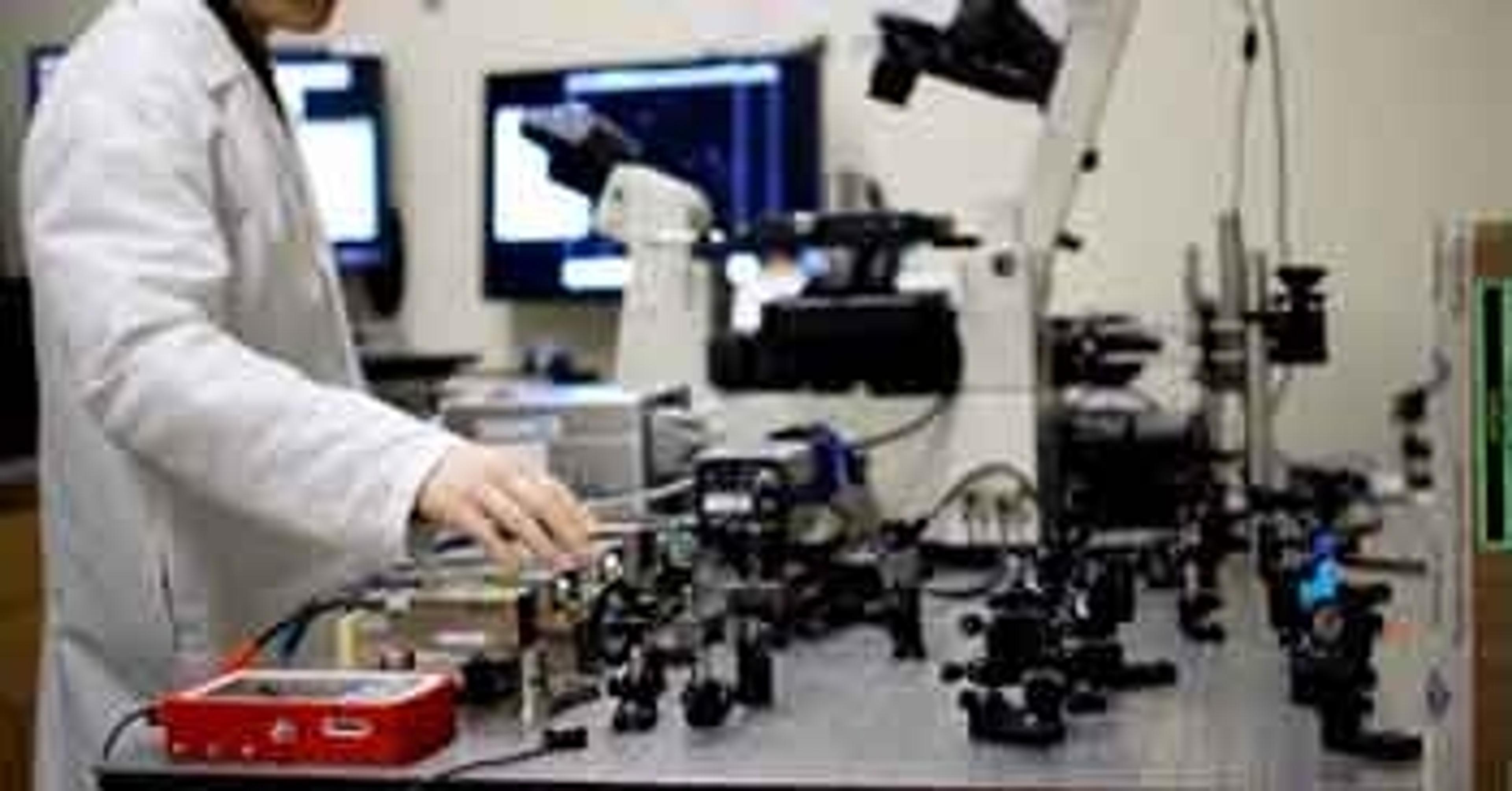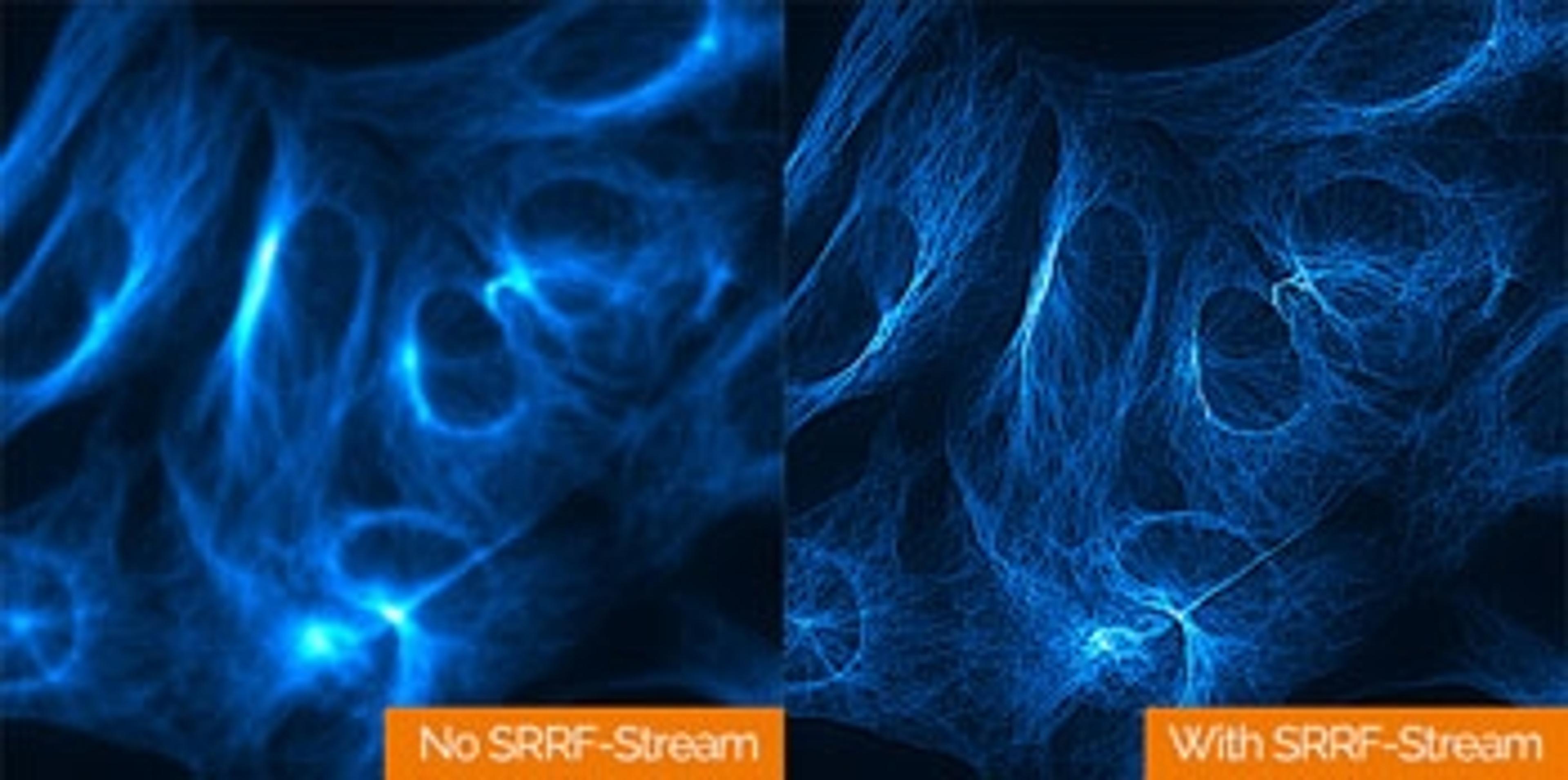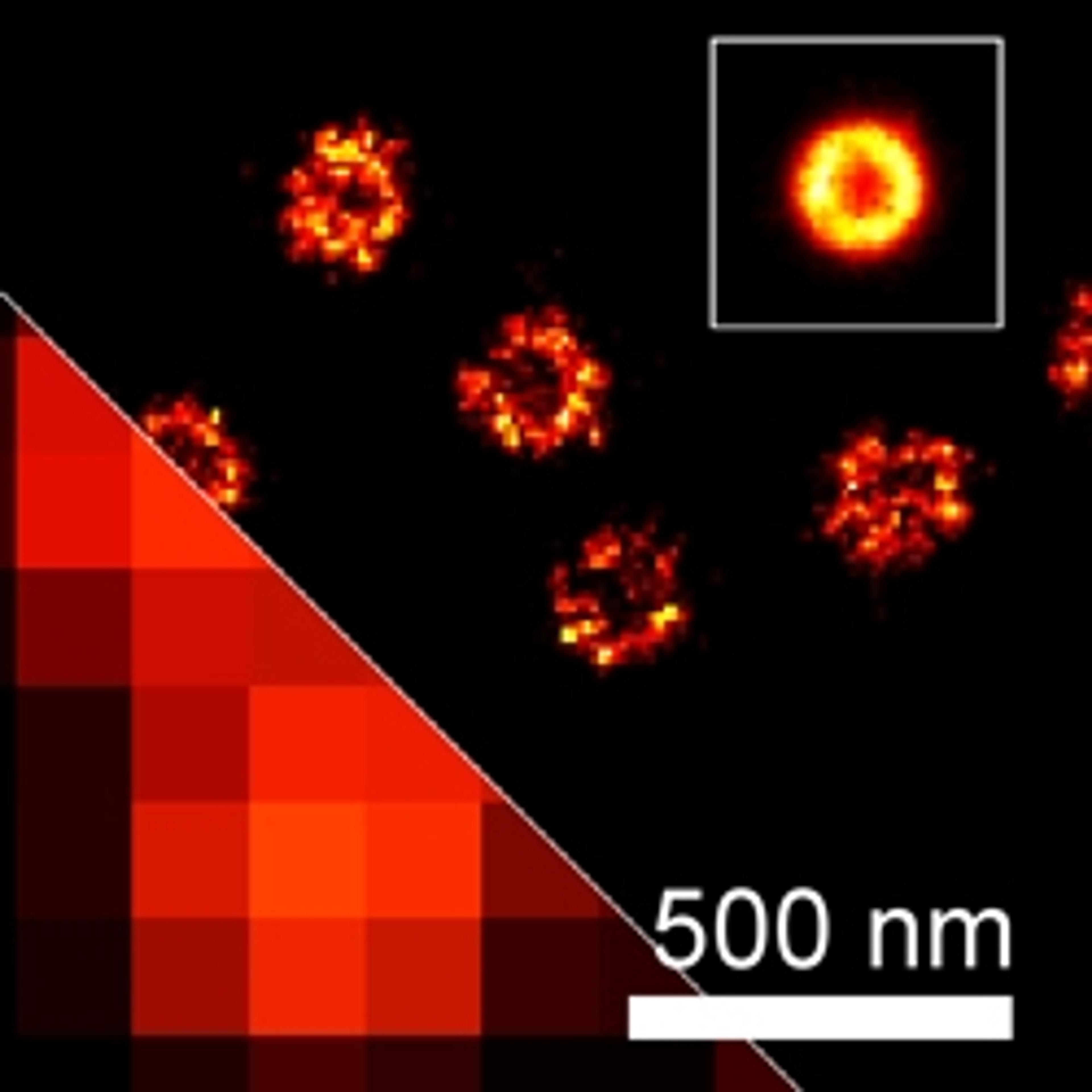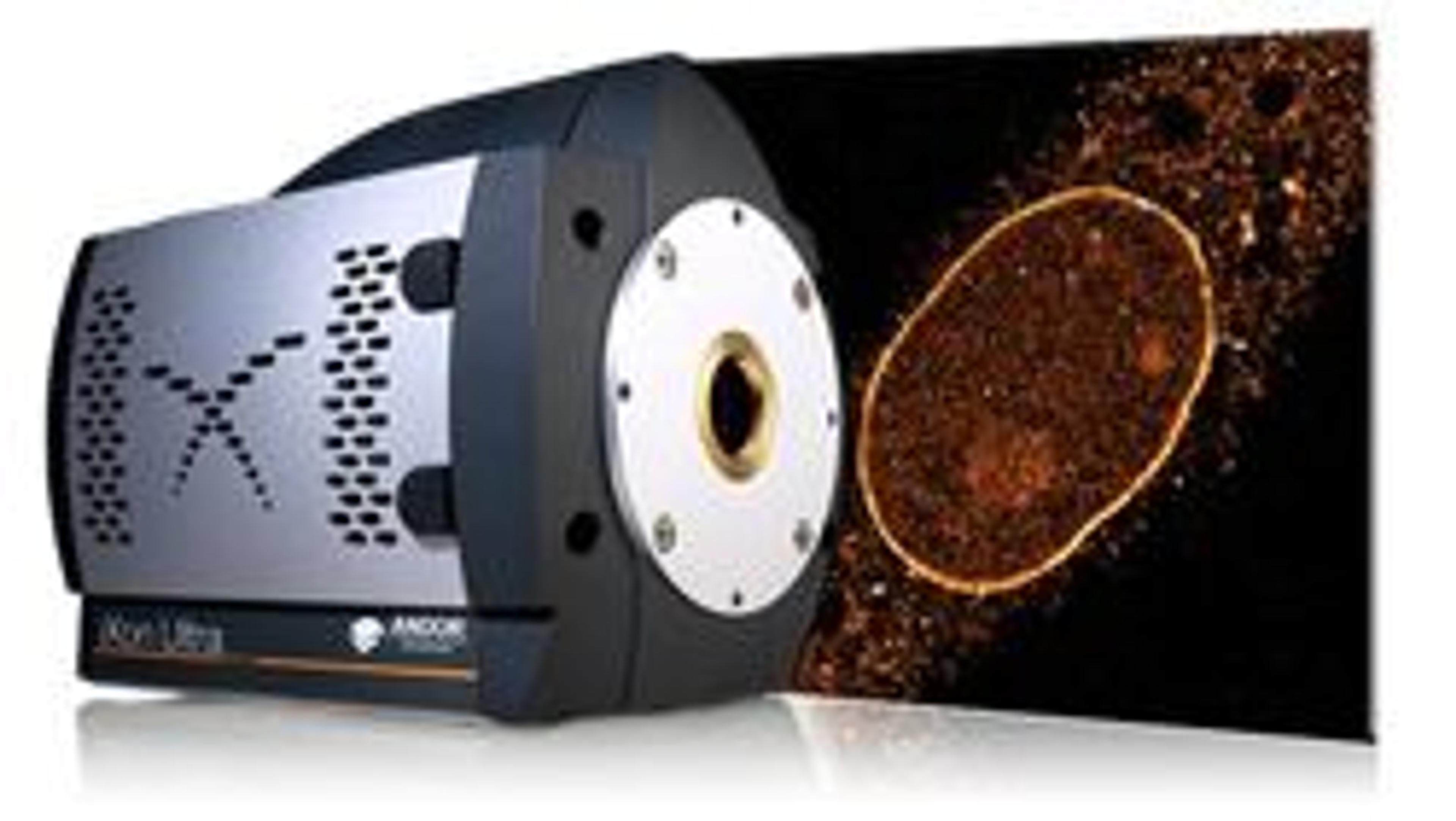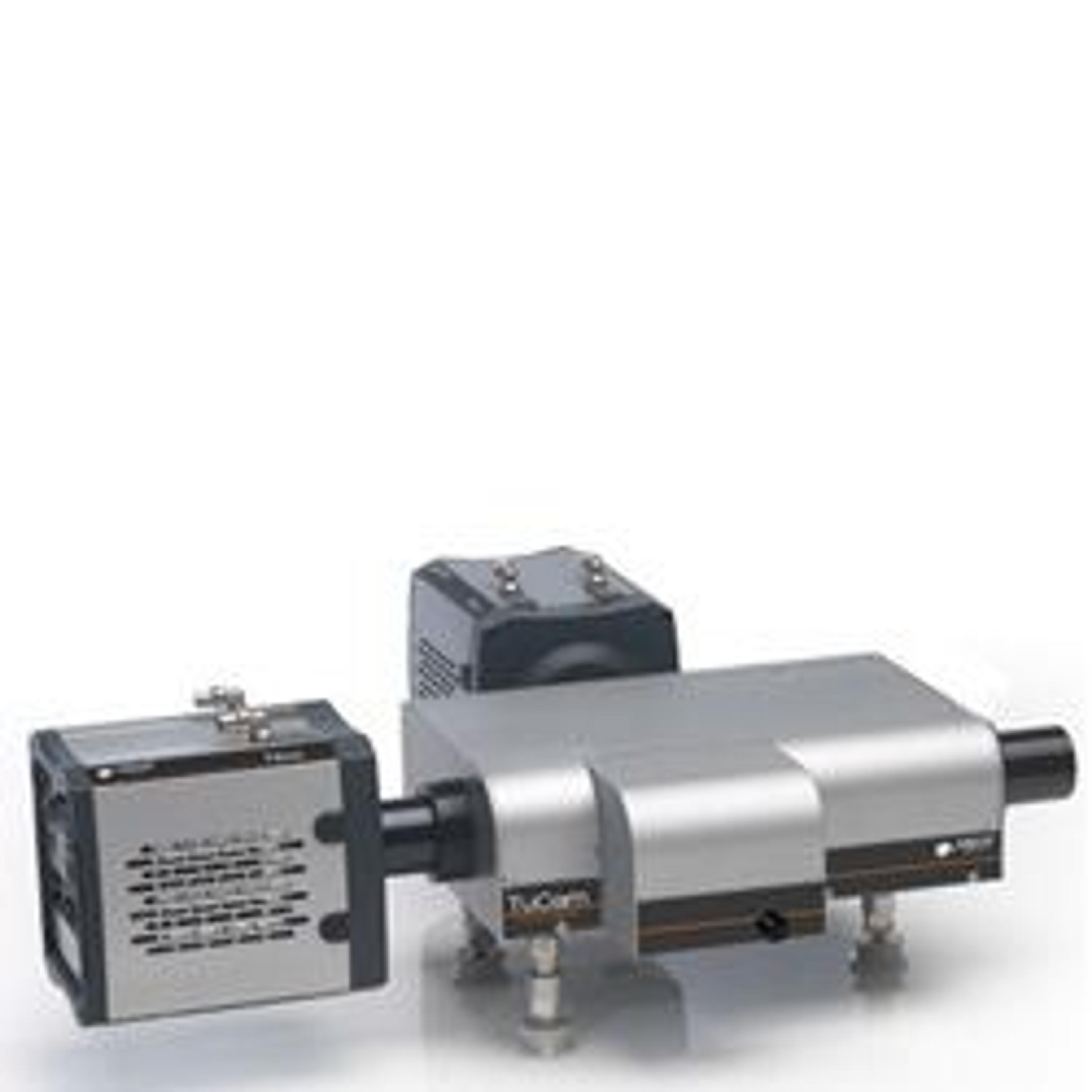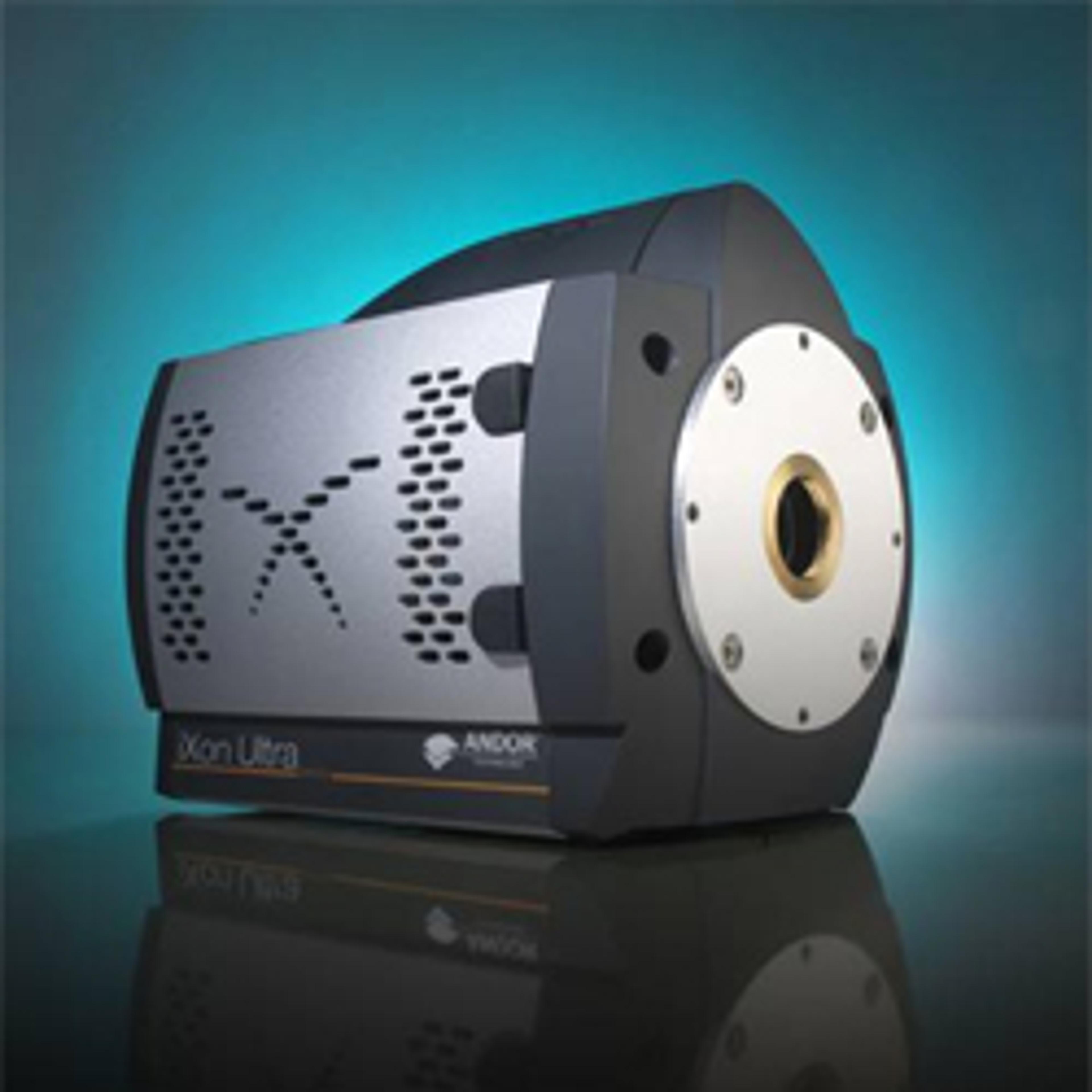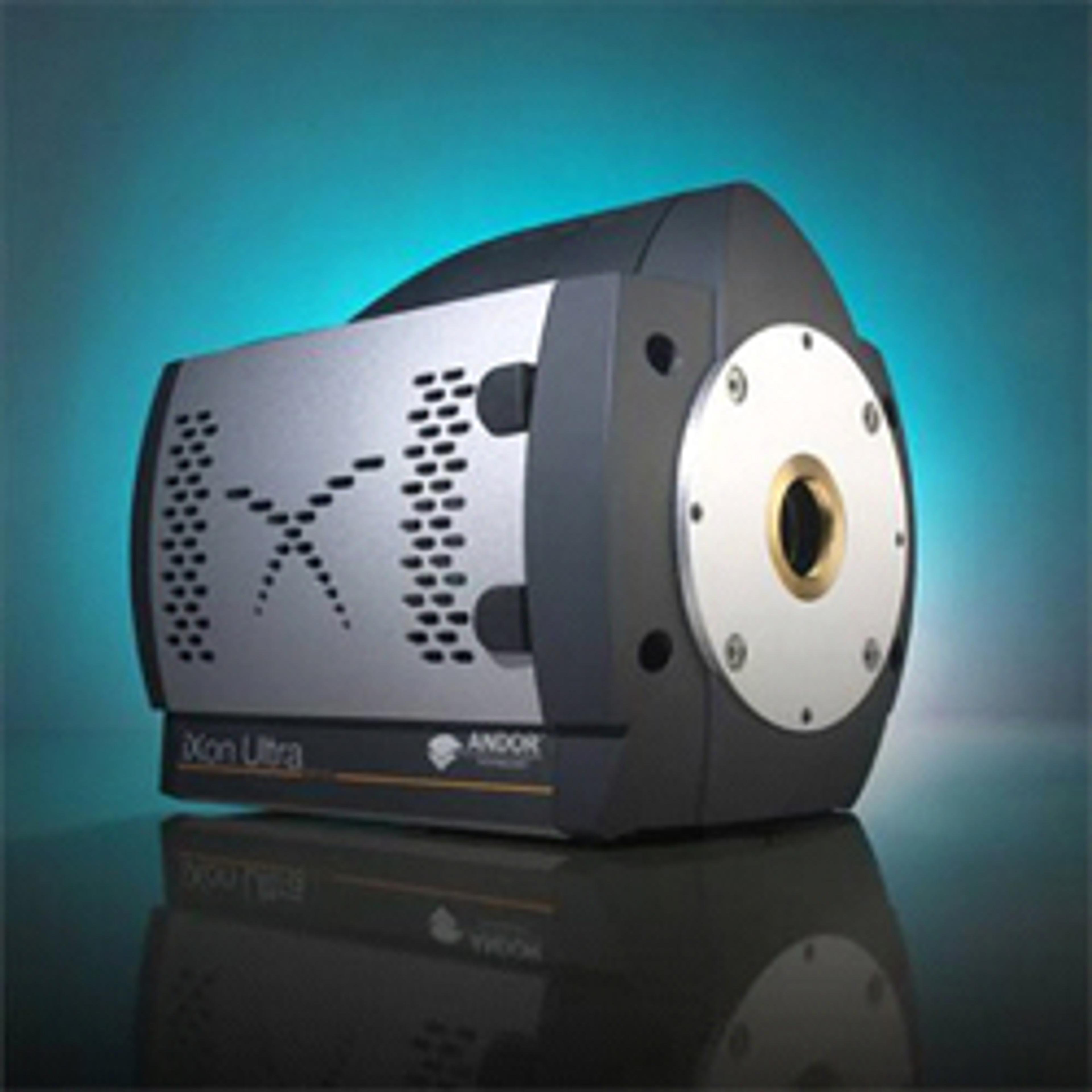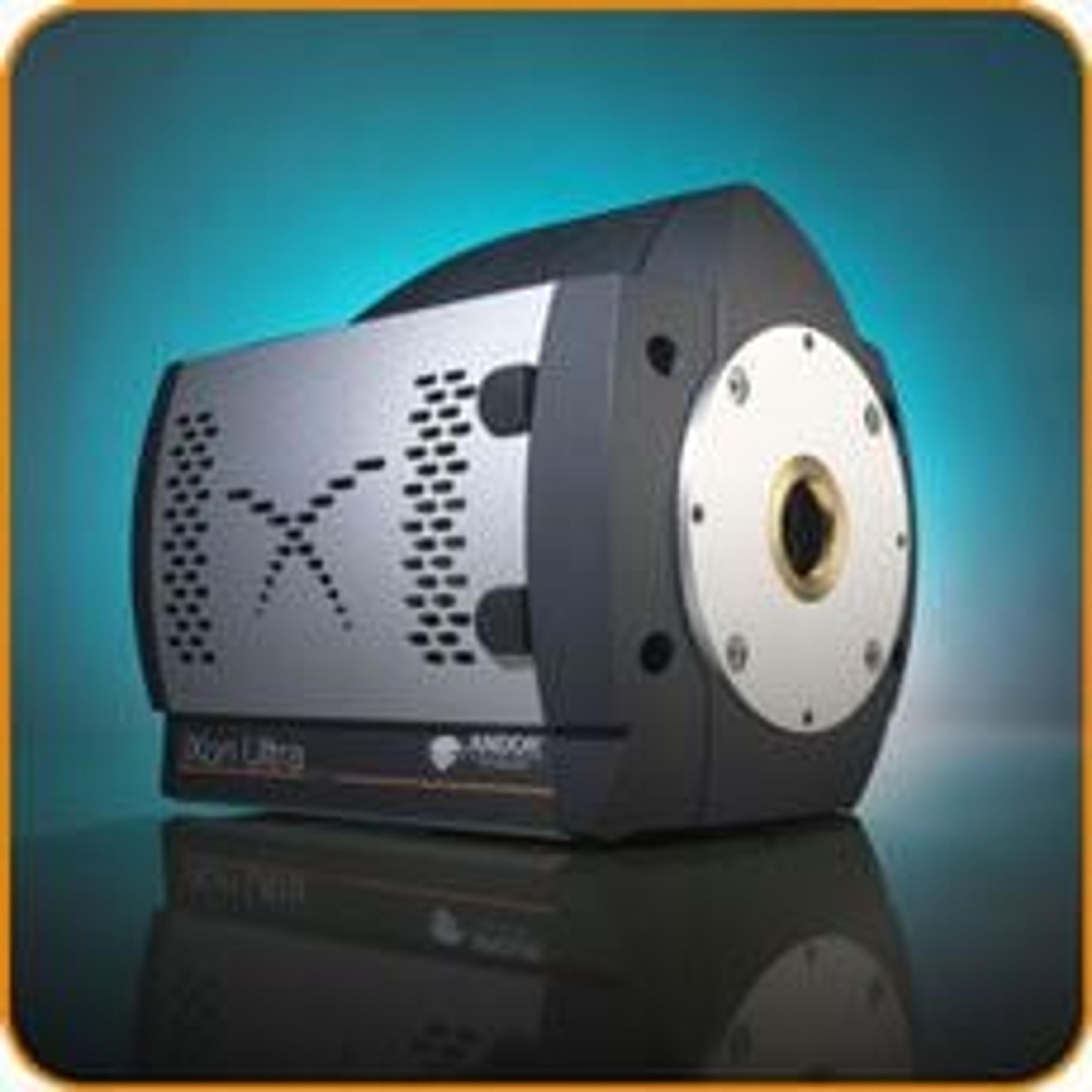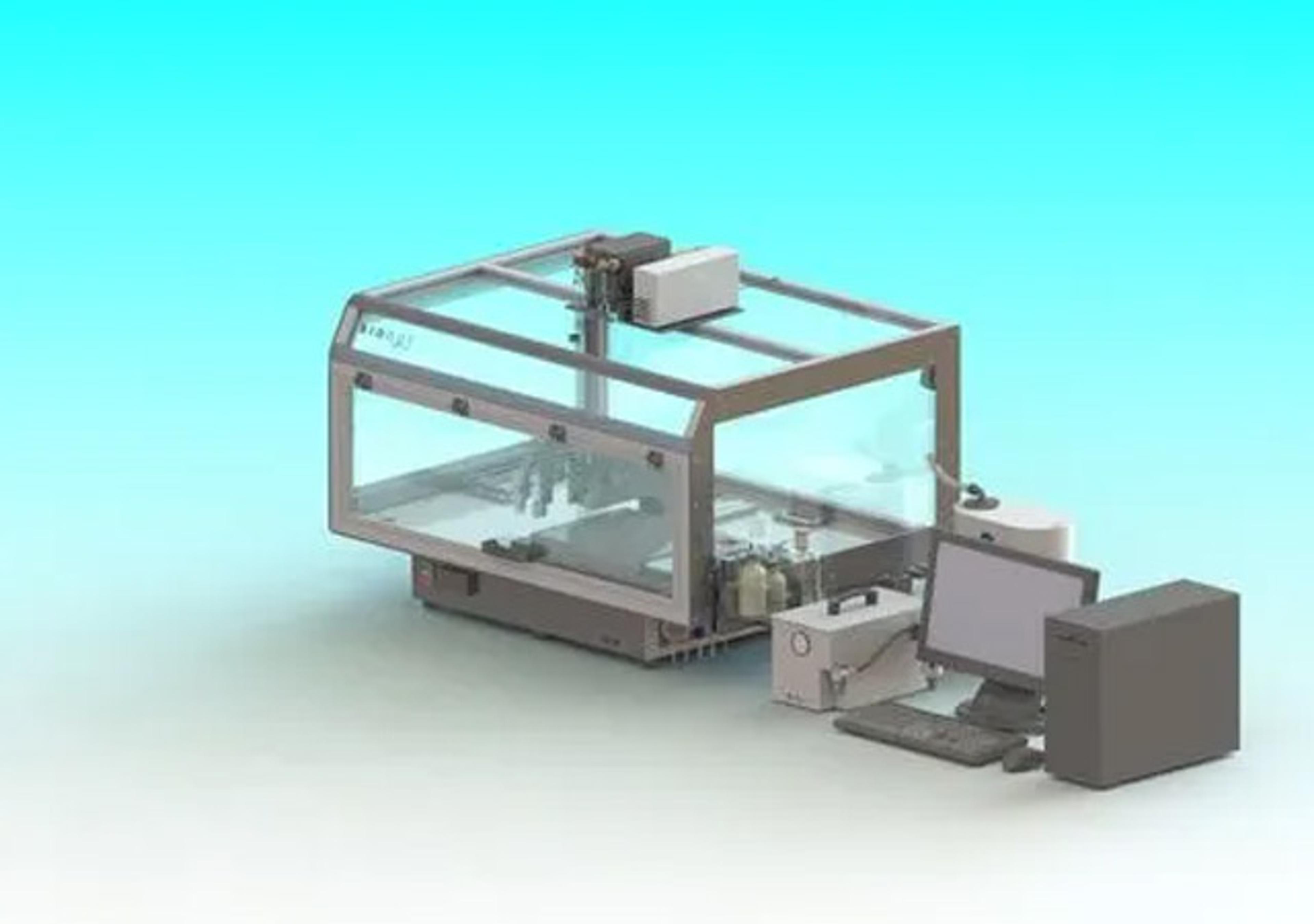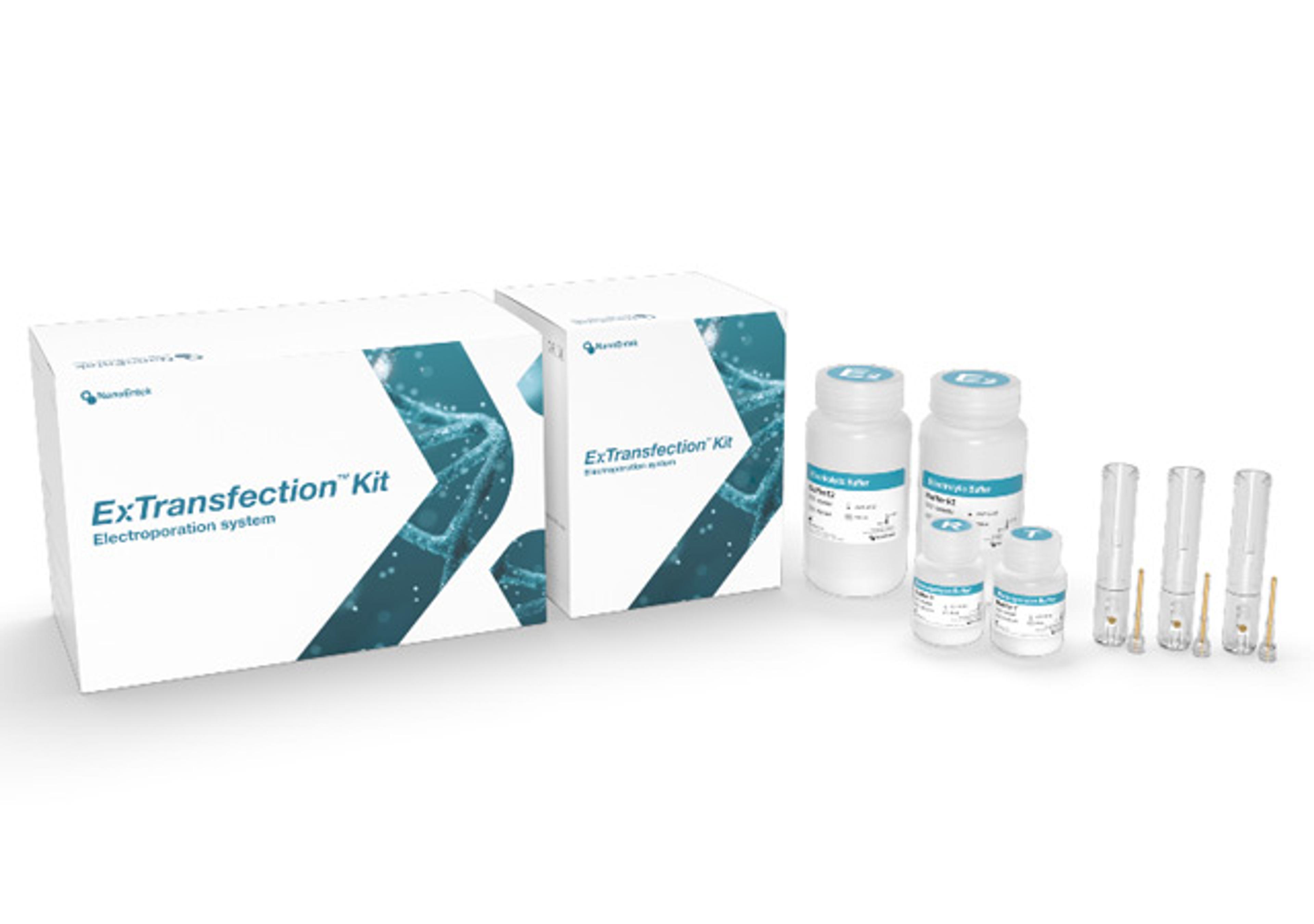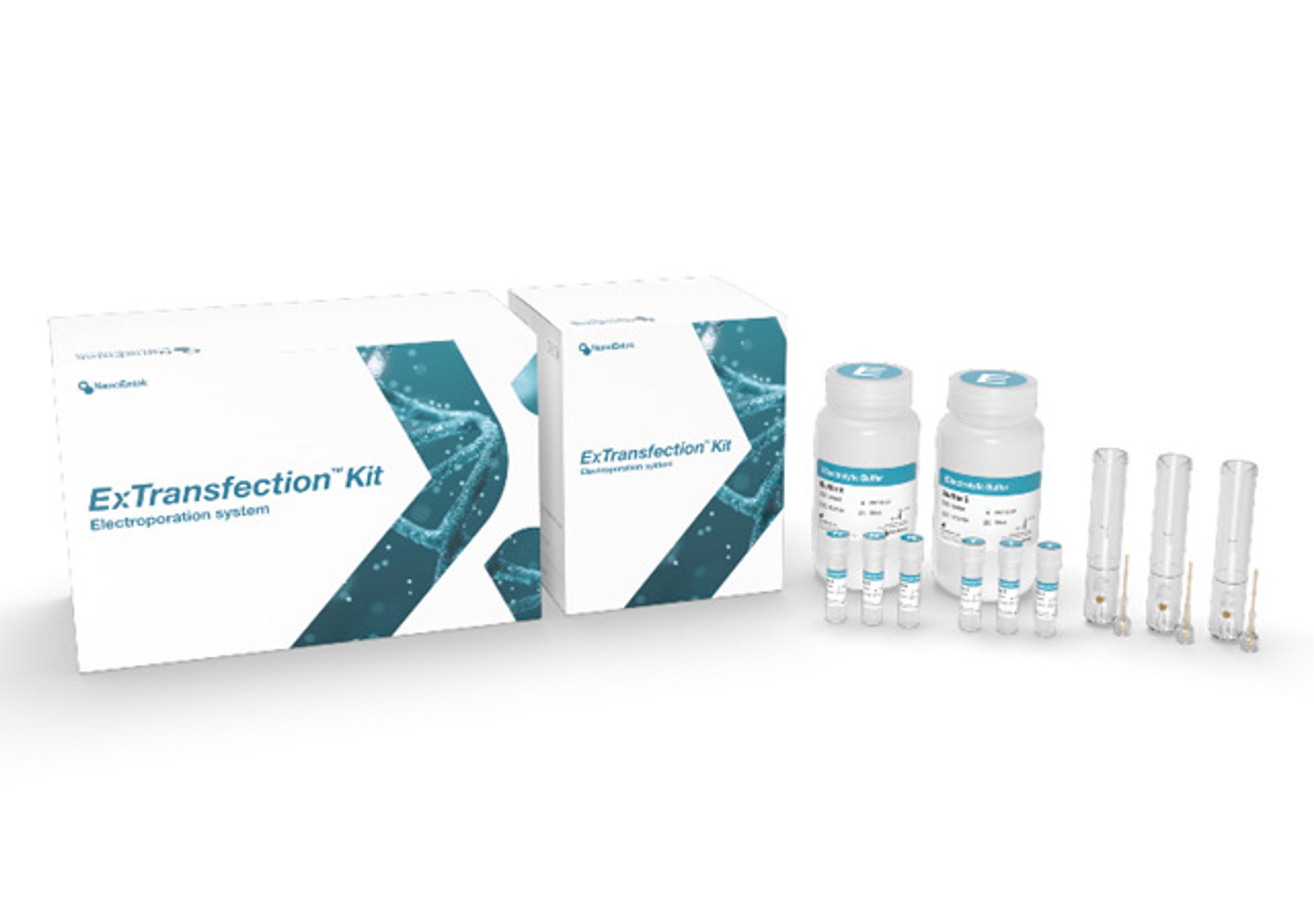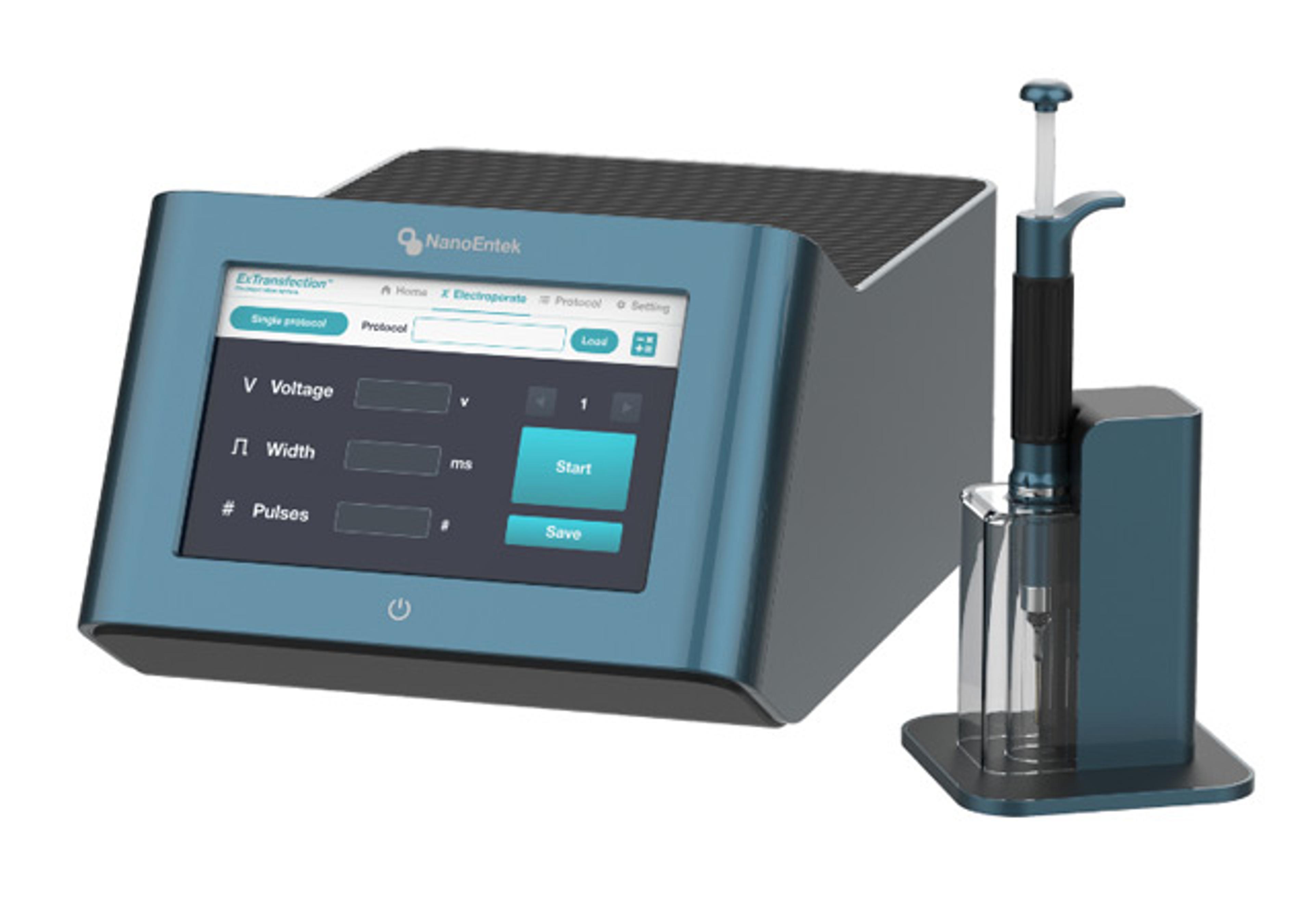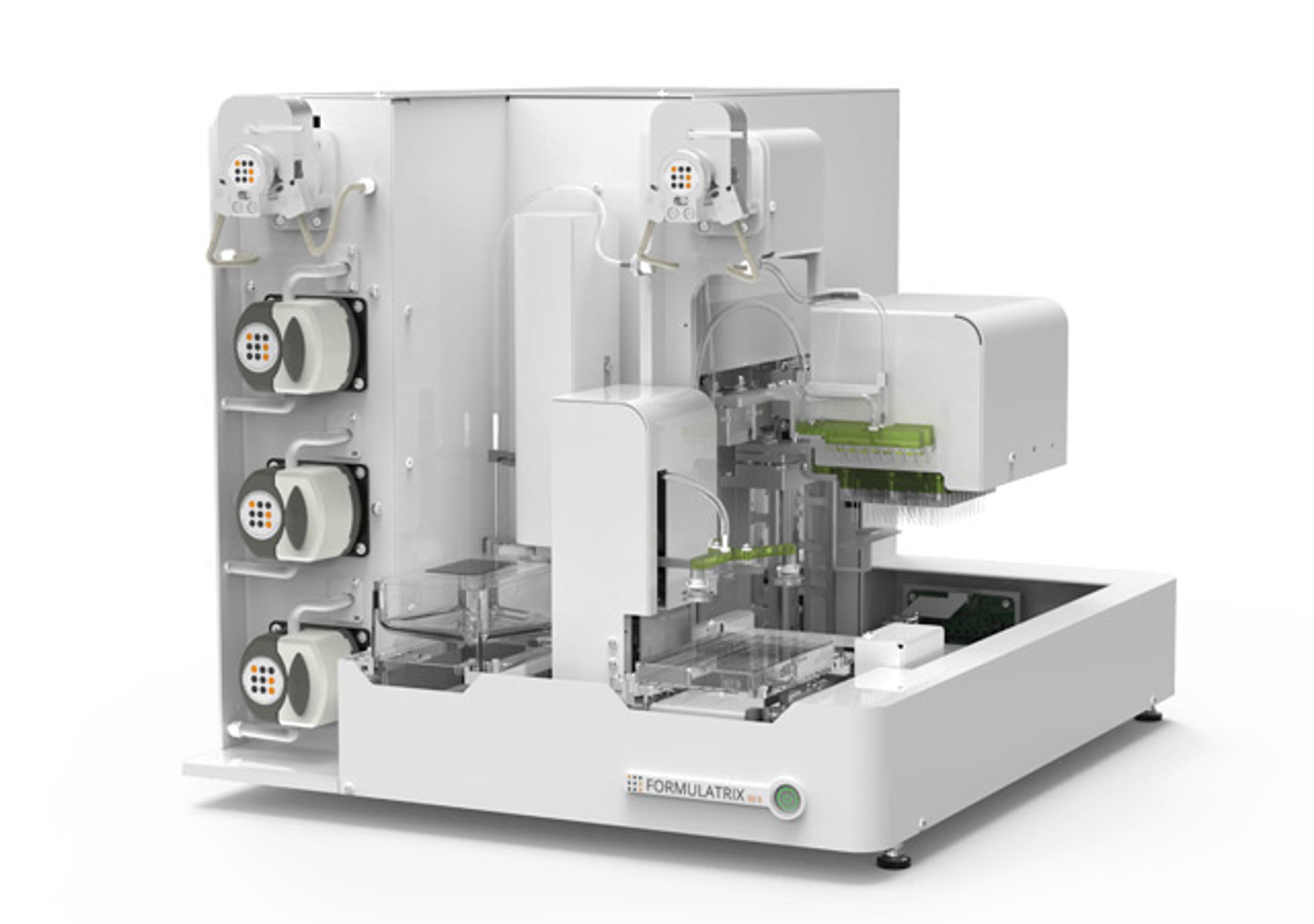iXon Ultra 897 EMCCD Camera
Facilitated by a fundamental redesign, the NEW iXon Ultra platform takes the popular back-illuminated 512 x 512 frame transfer sensor and overclocks readout to 17 MHz, pushing speed performance to an outstanding 56 fps (full frame), whilst maintaining quantitative stability throughout. The status of ‘Ultimate Sensitivity’ is also preserved in this model, offering thermoelectric cooling down to -100°C and industry-lowest clo…

The supplier does not provide quotations for this product through SelectScience. You can search for similar products in our Product Directory.
The very best for single-molecule imaging.
Fluorescence Microscopy
We've recently purchased an EMCCD from Andor for our super-resolution fluorescence microscope. The camera works really well for single-molecule imaging applications. I am escpecially happy about the camera since we received an huge discount.
Review Date: 26 Mar 2019 | Oxford Instruments Andor
takes high-resolution images with minimal amounts of phototoxicity
Live imaging of calcium signals at gap junctiions
The SRRF algorithm allows researchers to take high-resolution images with minimal amounts of phototoxicity caused by the microscopes.
Review Date: 18 Feb 2019 | Oxford Instruments Andor
Reputable company, good quality product, communicative
Hyperspectral Raman Imaging
The product was delivered on time, we were able to set it up and interface with the LabView SDK with moderate effort. Aftersales service was performed as promised, someone from Andor trained us and Andor staff have been responsive to our inquiries.
Review Date: 7 Nov 2016 | Oxford Instruments Andor
Microscopy
The iXon EMCCD is easy to integrate with any microscope control software. Furthermore, it is easy to install even for inexperienced users.
Review Date: 28 Jan 2013 | Oxford Instruments Andor
Facilitated by a fundamental redesign, the NEW iXon Ultra platform takes the popular back-illuminated 512 x 512 frame transfer sensor and overclocks readout to 17 MHz, pushing speed performance to an outstanding 56 fps (full frame), whilst maintaining quantitative stability throughout.
The status of ‘Ultimate Sensitivity’ is also preserved in this model, offering thermoelectric cooling down to -100°C and industry-lowest clock induced charge noise. Additional unique features of the iXon Ultra include USB connectivity and direct raw data access for on the fly processing. EMCCD and conventional CCD readout modes provide heightened application flexibility, with a new ‘low and slow’ noise performance in CCD mode.

